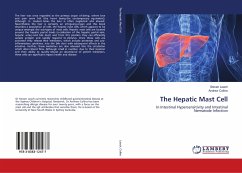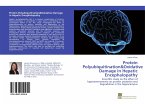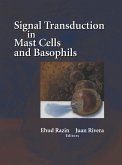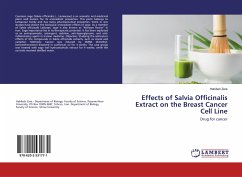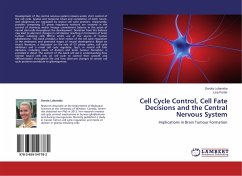The liver was once regarded as the primary organ of being, where love and pain were felt (the heart being the contemporary equivalent), although in modern times the liver is often neglected and abused. Nevertheless the liver is certainly an intriguing organ and this book describes a population of cells, the hepatic mast cells, which appears to be unique amongst the sub-types of mast cells. Hepatic mast cells are located around the hepatic portal triads (a collection of the hepatic portal vein, hepatic artery and bile duct) and from this position they can efficiently sample antigen and rapidly respond to stimulus. Once these cells are activated they release their mediators, which include proteases and pro- inflammatory cytokines, into the bile duct with subsequent affects in the intestine. Further, these mediators are also released into the circulation which alters blood flow. Although small in number, due to their location and their ability to quickly release an abundance of potent mediators, these cells can significant impact health and disease.
Bitte wählen Sie Ihr Anliegen aus.
Rechnungen
Retourenschein anfordern
Bestellstatus
Storno

